In the realm of nature photography, we’re creatures of light. It makes sense, without light, there is no photo. Even the word “photography” originates from the Greek words “photo,” meaning light, and “graph,” meaning to draw. Our lenses crave the dance of sunlight, finding contrast, and the brilliance of colors. Yet, as winter wraps nature in its dark embrace, it’s time for us to welcome the dark and discover the lessons it holds.
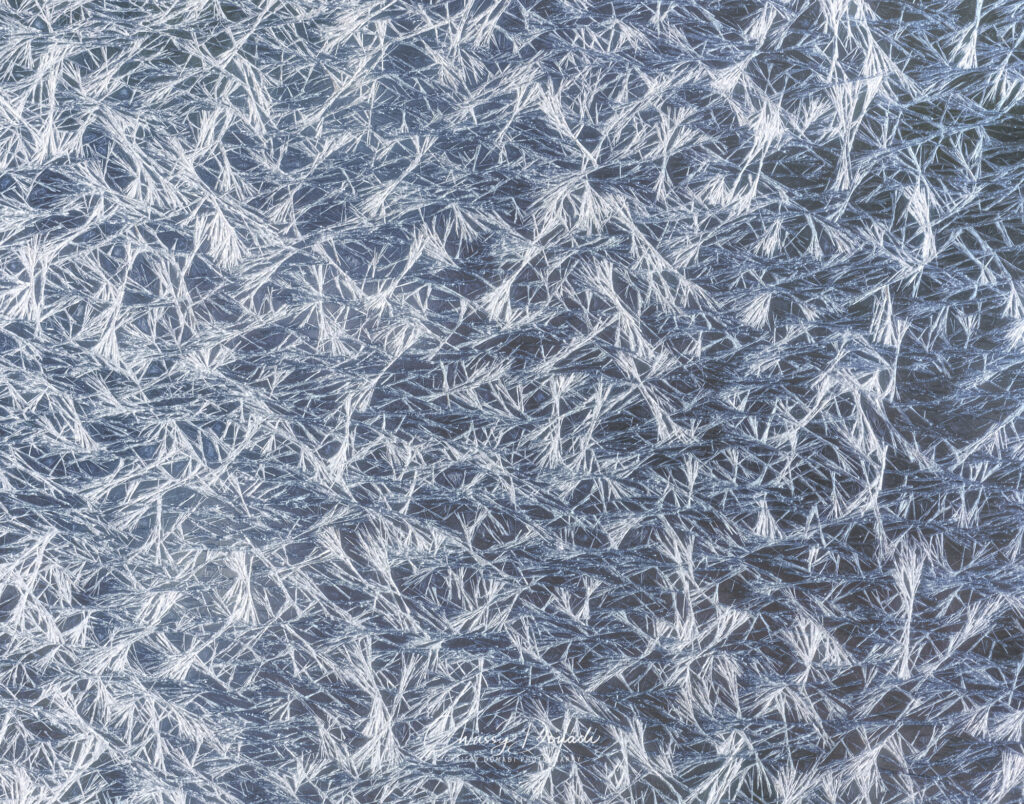
Throughout the winter season, we go about many of our daily activities in darkness. I can’t tell you how many times I’ve heard people express their dislike for driving to work in the dark or cooking and eating dinner long after the sun has disappeared from the horizon. The hours before or after work and school are typically when people find the time to pickup their cameras. Although, with the added hours of darkness, I feel many don’t pick up their cameras regularly during the winter months.
Perhaps I’m an odd duck, but one of my favorite times of day is being the first one up. Whether that’s in the house or out in the field, I thrive in that silent darkness quietly pondering the world around me with a cup of coffee before sunrise. It’s in these quiet spaces that winter invites us to learn, to see beyond the visual, and to hone our craft in unexpected ways.
As we find ourselves immersed in nature’s winter hush, what can we, the eternal chasers of light in landscape photography, learn from these extra hours of darkness?
The Art of Unseen Beauty and Silhouettes
Winter’s darkness veils as much as it reveals, offering an opportune moment to capture the unnoticed. Notice the delicate frost patterns on a window. Take a deeper glance at the intricate textured bark of a tree or the interplay of shadows along a trail. These are the nuances only the discerning eye will see.
As night extends its enchanting embrace, trees transform into intricate lace against the indigo sky, and cityscapes become a dance of silhouettes. Holiday lights embellish evenings, turning them into a canvas of darkness punctuated by shimmering points of warmth. The absence of light beckons exploration, revealing the often-overlooked beauty of shapes and shadows. This is the time to see how shapes and outlines tell stories of their own.
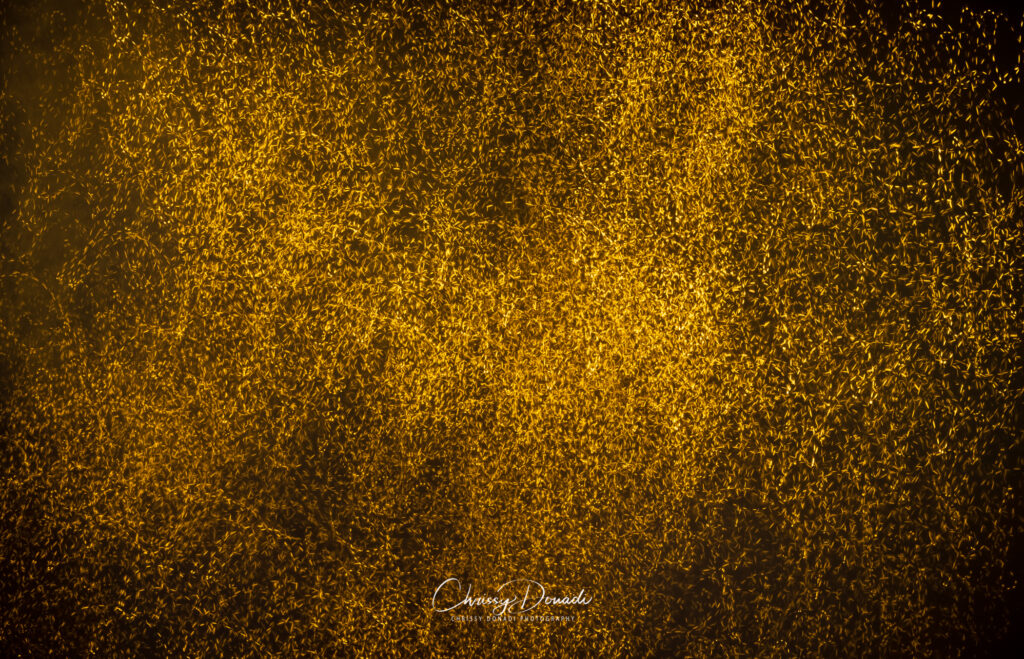
Amplifying Other Senses
Let the dark be your guide to a heightened sensory experience. With the blanket of darkness muffling the visual, it’s prime time for our other senses to awaken.
Especially when it is cold, the crisp chilled air almost has a clean scent to it. It’s easy to find and notice the scent of a wood-burning fire, a classic winter aroma. From an evolutionary perspective, our brains send a warning SOS to our brains that there’s a fire and you might be in danger – go check it out. But if we consciously focus on what we can smell in winter, often we’ll find things. Look for the resinous fragrance of pine, spruce, or evergreen trees. Often, you can find minty wintergreen from plants like Eastern Teaberry, Mountain Laurel, or Spotted Wintergreen (all found in the Appalachian region).
In addition to smell, the darkness is a great time to tune into all the sounds our brains often filter from our consciousness. With limited visual inputs, concentrate on sounds like the crunch of snow beneath boots, the distant call of an owl, the rustle of leaves in the night breeze, or the chirping of the seasonal birds—these become the melodies of winter.
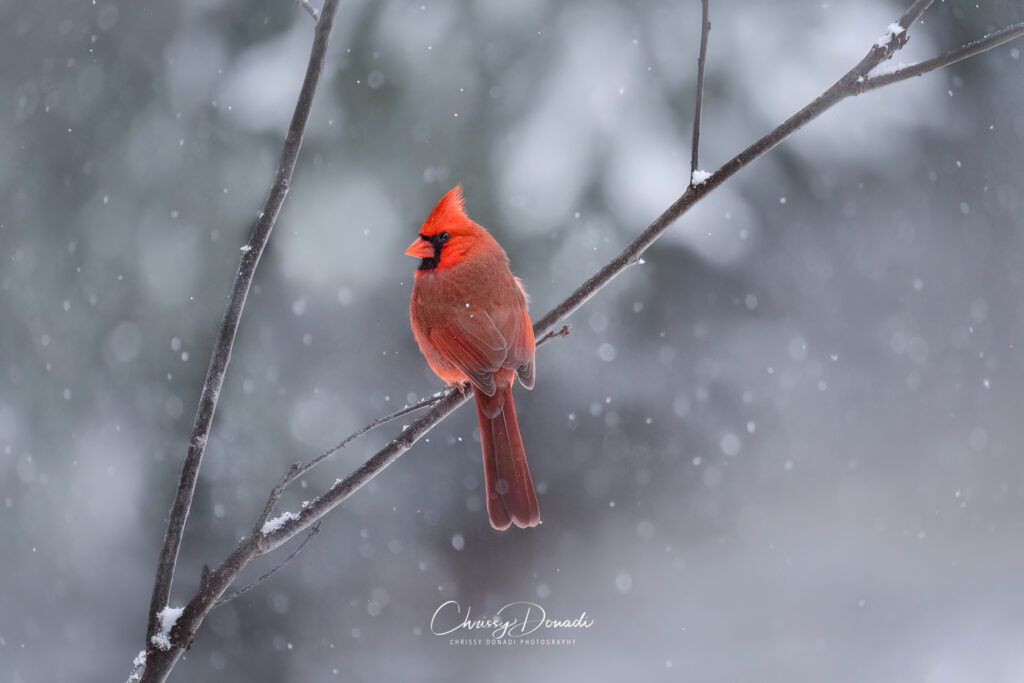
Moreover, the chill of winter brings about all sorts of changes in the texture of the landscape. There is so much to discover from dry, scratchy grass, crunchy leaves, to even the slimy yet shimmering leaves decaying in ponds. All this slime and gunk serving as a winter solace for all the macroinvertebrate creatures in their larval or nymph stages. During this time of year, I love looking for patterns from the piles of acorns from all my local oaks. There are so many that I wonder if the squirrels are on strike. Anytime I feel that brisk wind hit my face, it’s an instant alert for me. Keep my eyes peeled for fun frost patterns.
Getting in touch with our senses is a pathway to being more creative with our photography. It helps us connect to the landscape and our subject. Then, hopefully, when we’re back basking in the summer sun, we’ve trained our brains to not only inform us about the scent of smoke but also to be aware of all the wonderful and often subtle aromas from the landscape surrounding us.
Practicing Minimalism
Let winter’s darkness silently mentor you in the art of minimalism. As daylight wanes, embrace the power of negative space, where the absence of light becomes a canvas urging you to simplify your compositions. Frame subjects against the quiet backdrop, emphasizing their solitary existence. In the stillness of the winter night, discover the minimalist narrative of singular existence against the vast canvas of darkness.
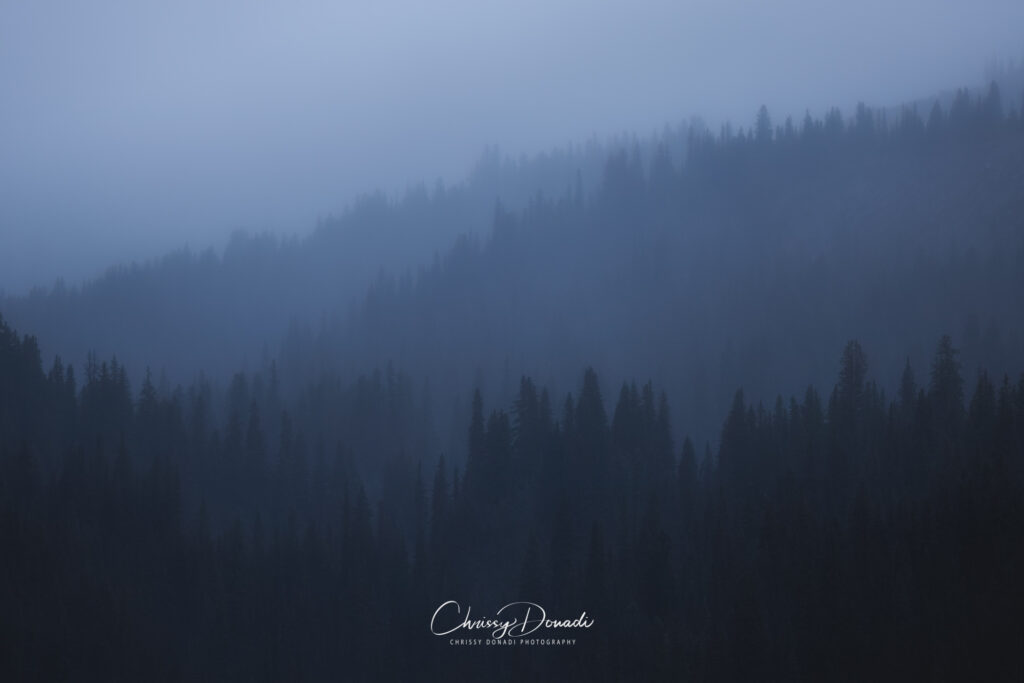
When fog and mist weave through the winter air, explore the enchanting world they create. These atmospheric elements soften the scene, simplifying the visual complexity. Embrace the ethereal quality they bring, allowing minimalism to manifest in the subtle interplay of light and mist.
For landscapes untouched by snow, the darkness of winter remains a compelling teacher of minimalism. Picture the clean lines of a lone tree against the evening sky, the vast negative spaces between bare branches, or the quiet solitude captured in the misty night. In the absence of snow, the darkness of winter still offers a masterclass in the art of less. Through simplicity, isolation, and the potential dance of fog, winter’s minimalism reveals itself to those who seek its quiet wisdom.
The Darkroom of Creativity
As we approach the solstice, with days lingering in twilight, there’s a poetic stillness that invites our introspection. Just as the photographer develops their images in the quiet of a darkroom, these winter nights offer us a personal darkroom. It’s a great time to revisit the photographs stored on our hard drives. Better yet, make time to experiment with edits or rediscover gems that waited patiently for our attention.
With Adobe releasing its big updates in October, this is the time of year I’m doing more processing. I’ve learned enough about the new features available in Lightroom and Photoshop. Early in the new year is the time to put these new skills into good practice. If you’re feeling unmotivated by the increased darkness, try a few editing sessions. Put on some preferred music and take some time to peruse your Lightroom catalog. Look for images hidden on your hard drive that you never took the time to edit (also called dumpster diving).
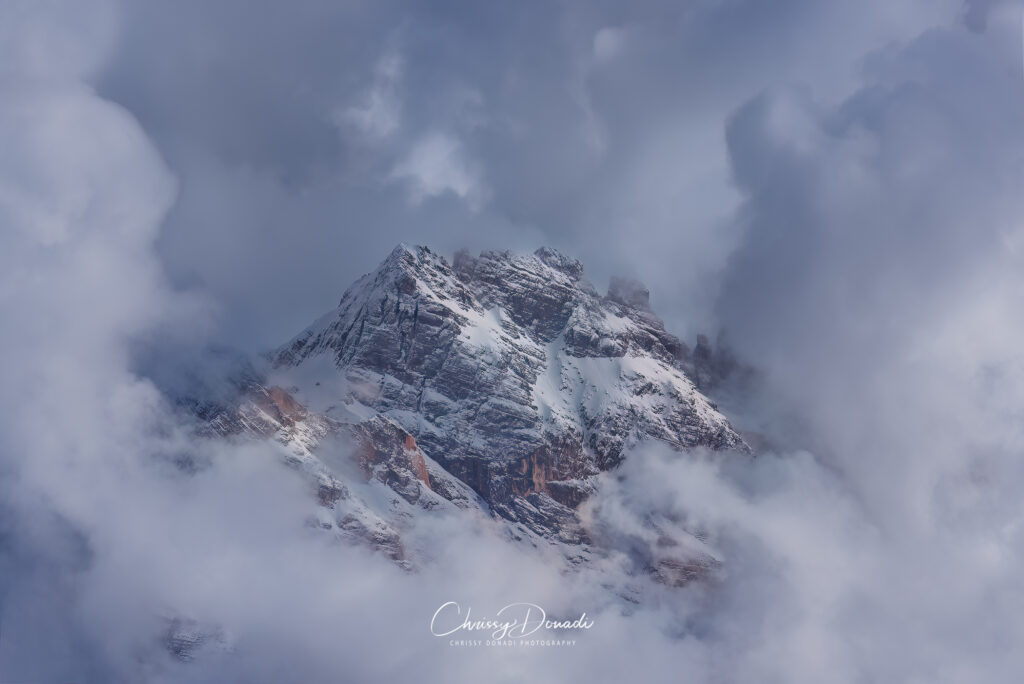
Additionally, this is a wonderful time to explore home projects. From creating ice bubbles in frigid temperatures to becoming a scientist of creative abstract concoctions. You can set up and create your own ice patterns with a few supplies. Leave your car outside to see what frost patterns develop overnight. Perhaps it isn’t cold where you live? Make ice patterns with a walled cookie sheet and your freezer. Tinker with intentional camera movement (ICM) and holiday lights or any outdoor lights you find.
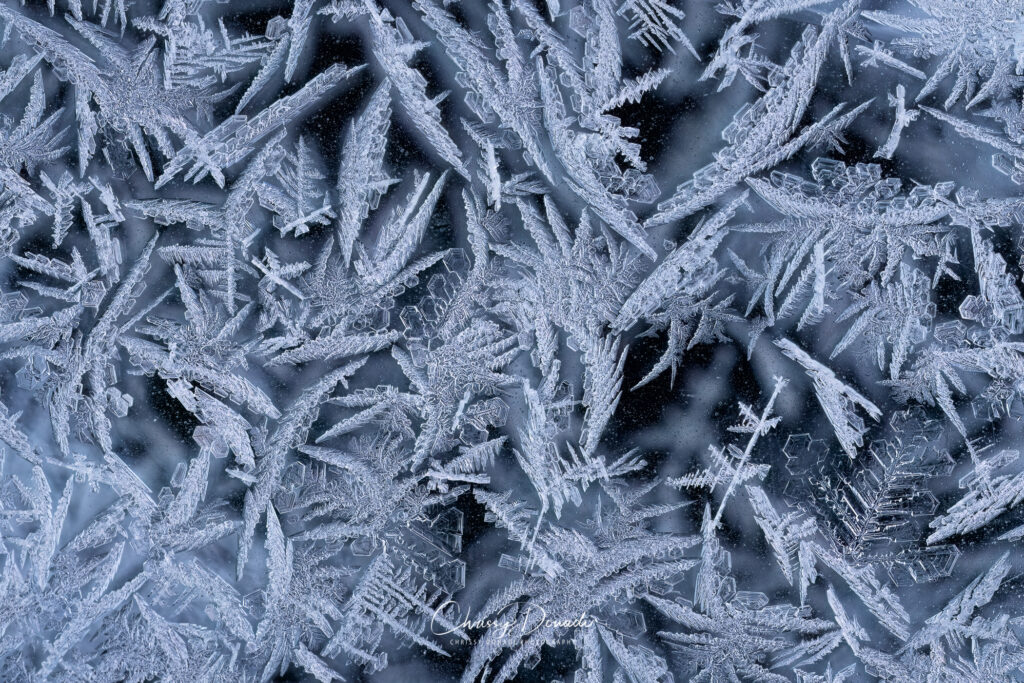
On a personal note, at first, you may drive your family a little insane. They will come home and the house might be in chaos (hey, art is messy sometimes!). The first statement will be “What are you doing?!” – simply reply, “I’m making art!” with a big, stupid grin on your face. You know you’re in the clear when one of them rolls their eyes and retorts “Here we go again.”
Embracing the Landscape Lessons of Darkness
As winter nights lengthen, let’s not dread the dark. Step into it, open our senses wide and allow it to be our silent classroom. Winter’s darkness isn’t an absence; it’s a canvas awaiting our unique strokes. As we stand on the threshold of a new year, let’s embrace the whispered lessons in the quiet, letting our photographs tell stories that transcend what light alone can reveal.
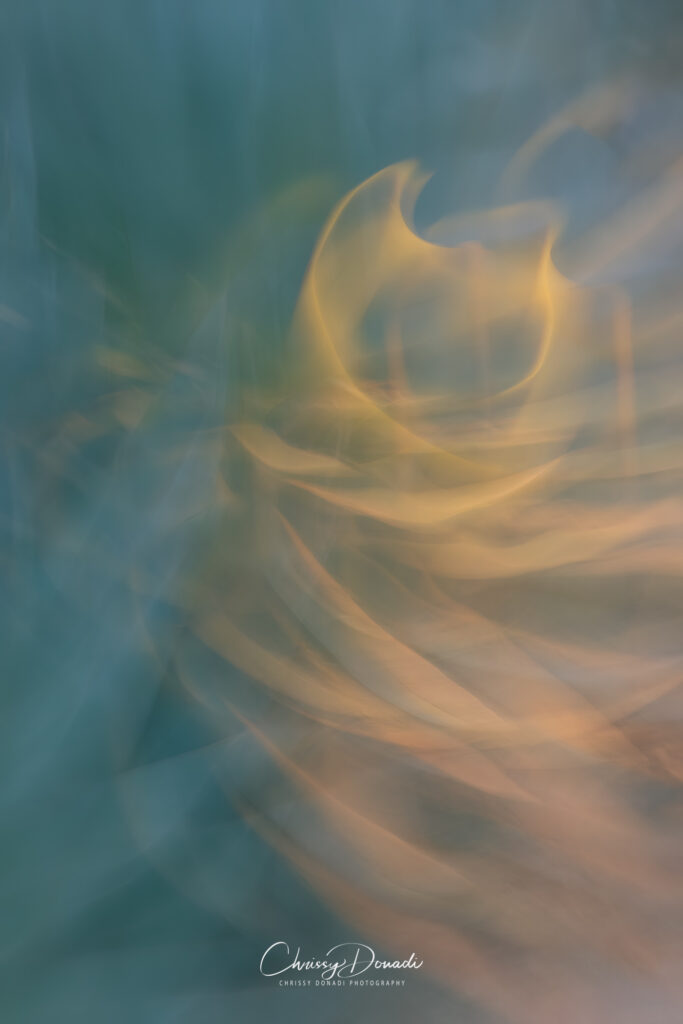
+ show Comments
- Hide Comments
add a comment